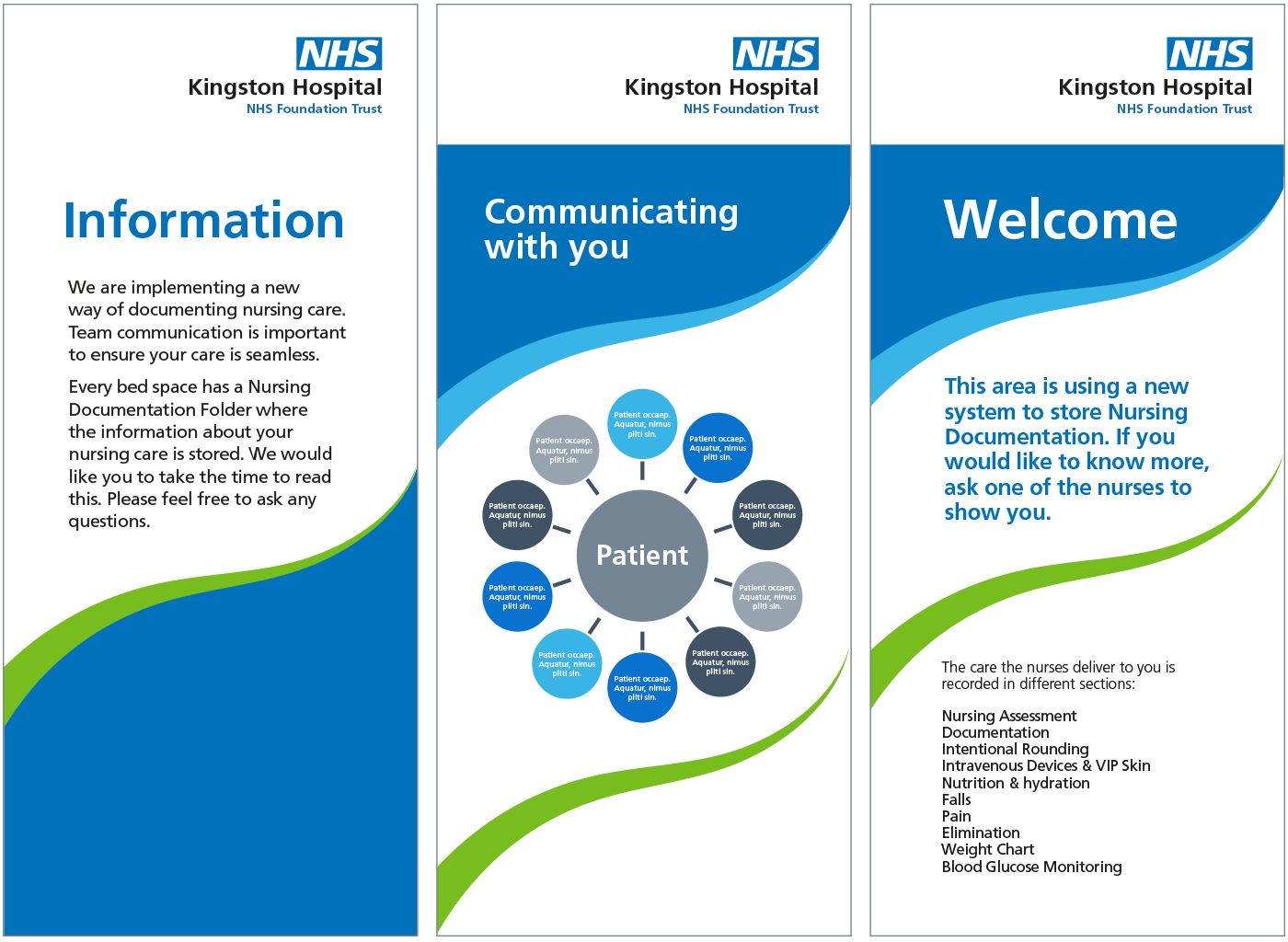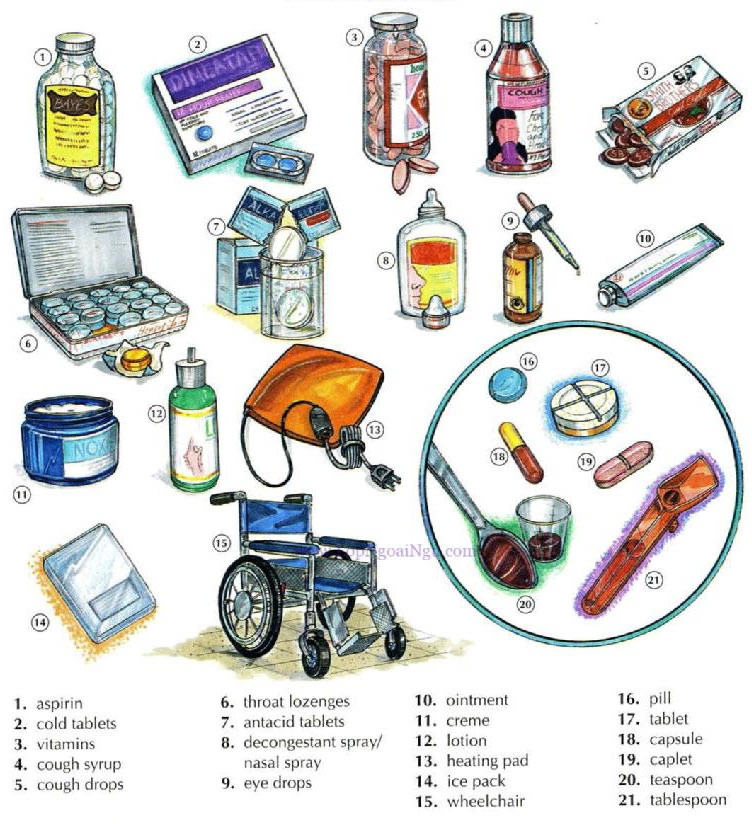Embarrassing Moments in Nursing
Embarrassing
Moments in Nursing
Nursing is a
rewarding but sometimes challenging job. Nurses must care for patients in
difficult situations, and sometimes embarrassing moments happen. Here are some
exaneemples of such moments in a nurse's daily life.
One day, Emily,
a young nurse, was helping an incontinent patient. The patient could not
control their bladder, so Emily needed to change the bed sheets. She tried to
be quick and professional, but the patient still felt embarrassed. Emily
reassured them that it was normal and part of her job.
A call bell
is a button that patients press when they d assistance. One time, a nurse named
David forgot to answer a call bell in time. A patient needed help to go
to the bathroom, but David was busy with another patient. When he arrived, it
was too late, and the patient had an accident. David felt sorry and promised to
be more patient next time.
Sometimes,
nurses must be careful with their words. Sarah, a new nurse, once spoke to an
elderly patient in a way that seemed insensitive. She said, "You
should be more careful next time," after the patient fell. The patient
felt bad because they already knew it was their fault. Sarah realized that she
needed to be more understanding.
Another nurse,
Jake, had a problem with a doctor who always talked down to him. To talk
down to someone means to speak as if they are not intelligent. The doctor
spoke to him as if he was not capable. Jake felt uncomfortable but decided to
stay professional. Later, the doctor apologized for his behavior.
Finally, a
young nurse, Lisa, accidentally humiliated a patient by opening the
curtain while they were changing. To humiliate someone means to make
them feel very embarrassed. The patient was upset because they wanted privacy.
Privacy means being alone or not being seen by others. Lisa apologized
and learned to always check before opening a curtain.
Embarrassing
moments happen in nursing, but good nurses learn from their mistakes and become
better at their job.
Reading Comprehension Exercise:
https://www.topworksheets.com/t/UXdz9EbaJ3_
Collaborative Exercise 4a on page 40
Individual Exercise b on page 40
Collaborative Exercise d on page 40
ER Nurses' stories video
What embarrassing situations have you experienced as a nurse?
https://www.englishlessonviaskype.com/13-english-idioms-related-to-relaxation-rest/
Teamwork: Write a dialogue dealing with an embarrassing situation including the purpose of the visit, the embarrassing situation, and how it was dealt.










